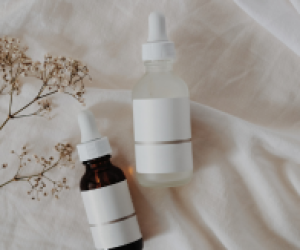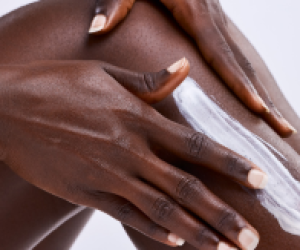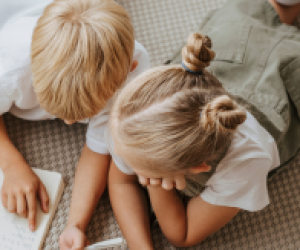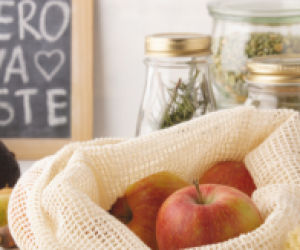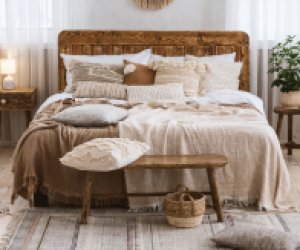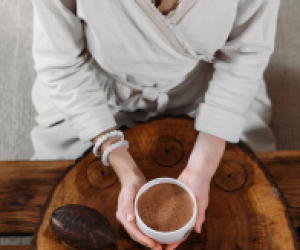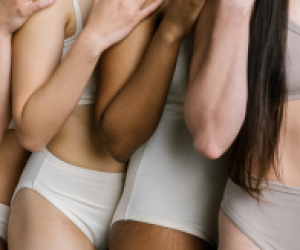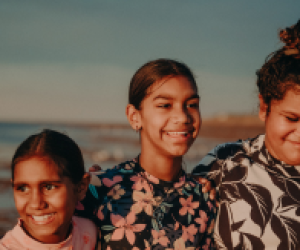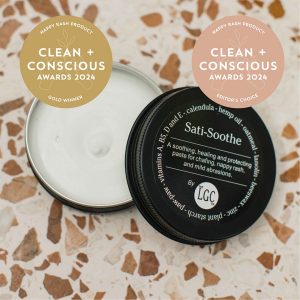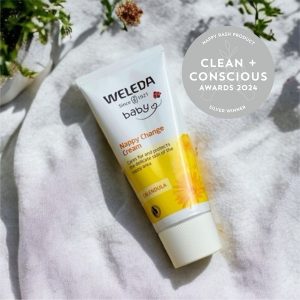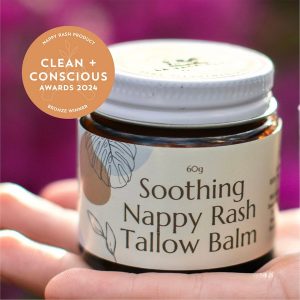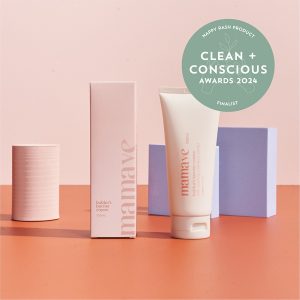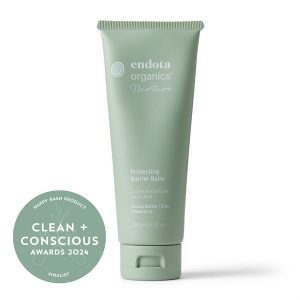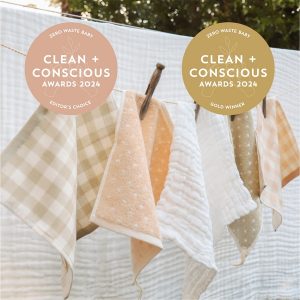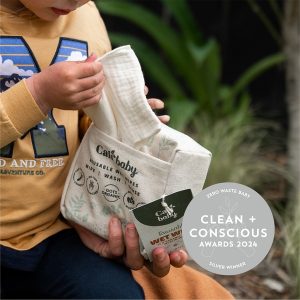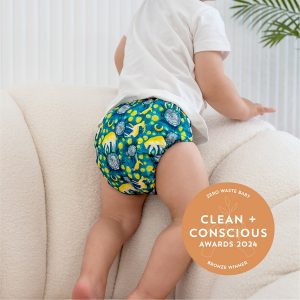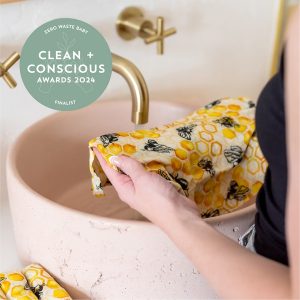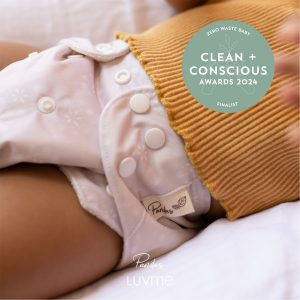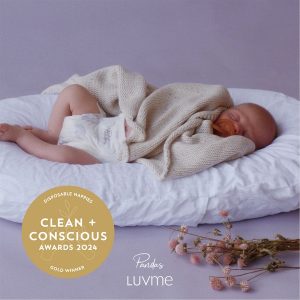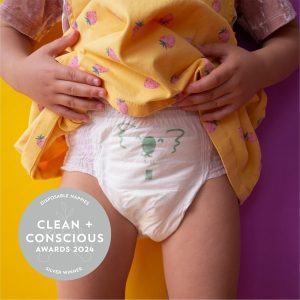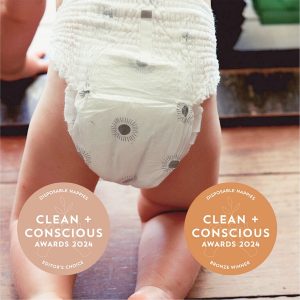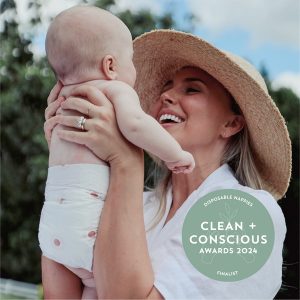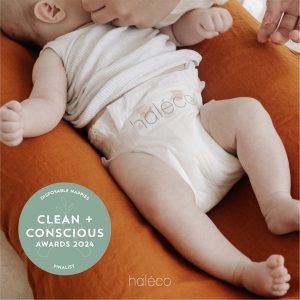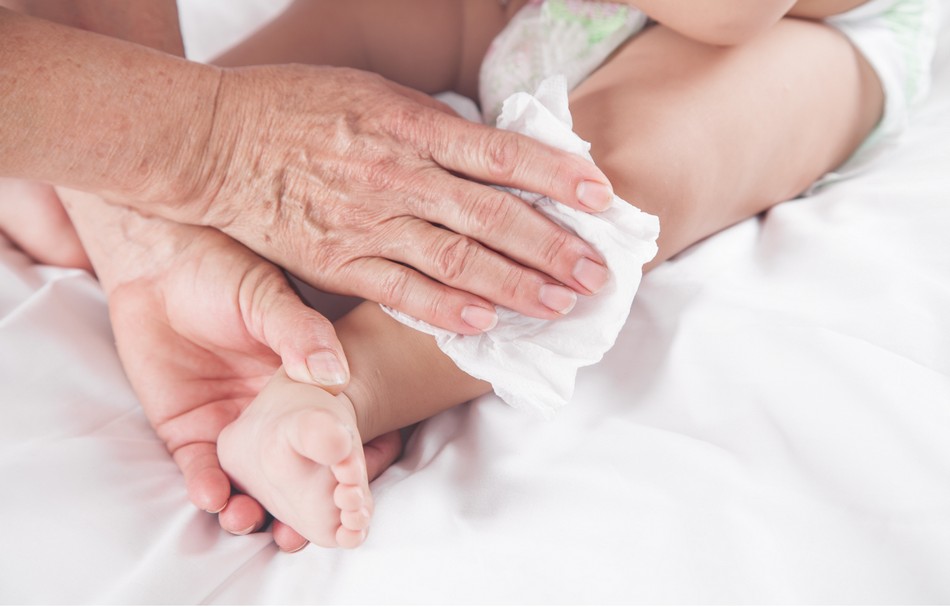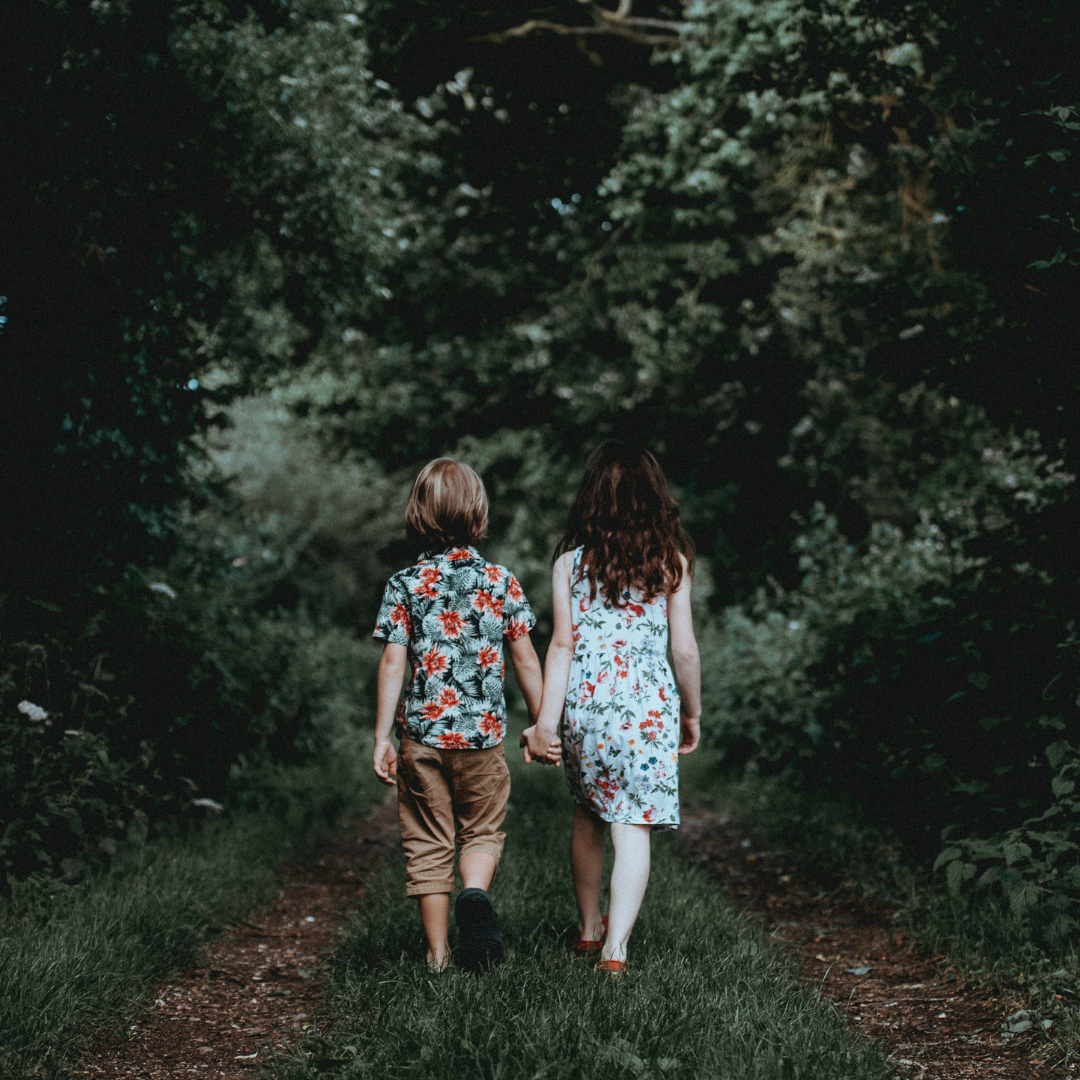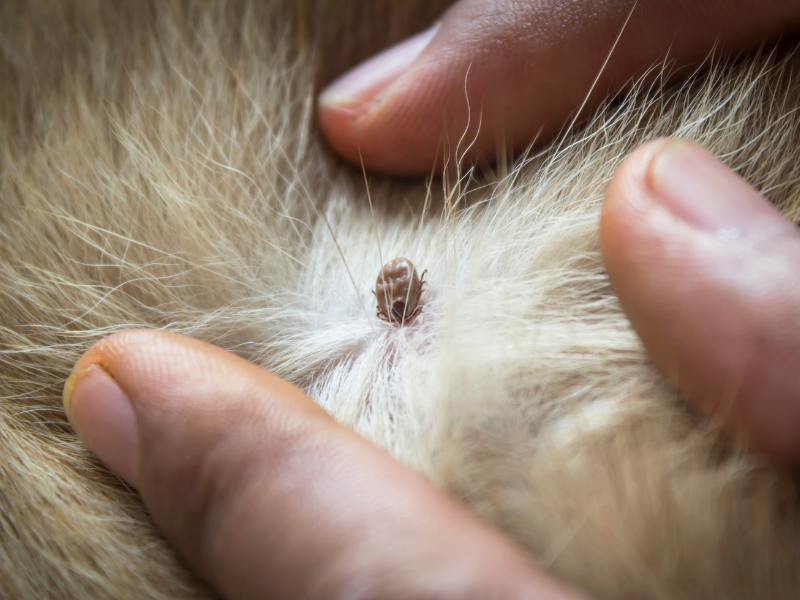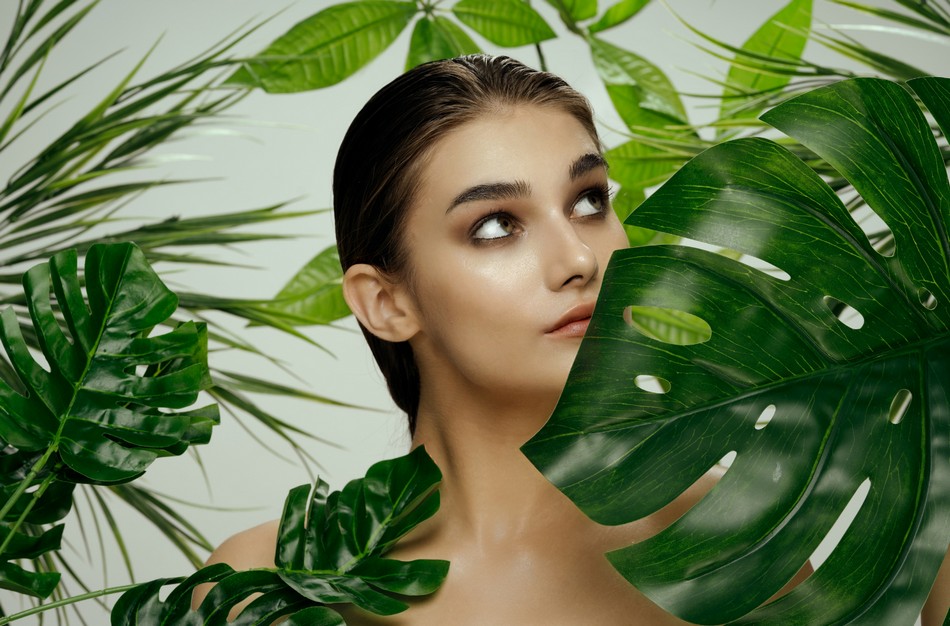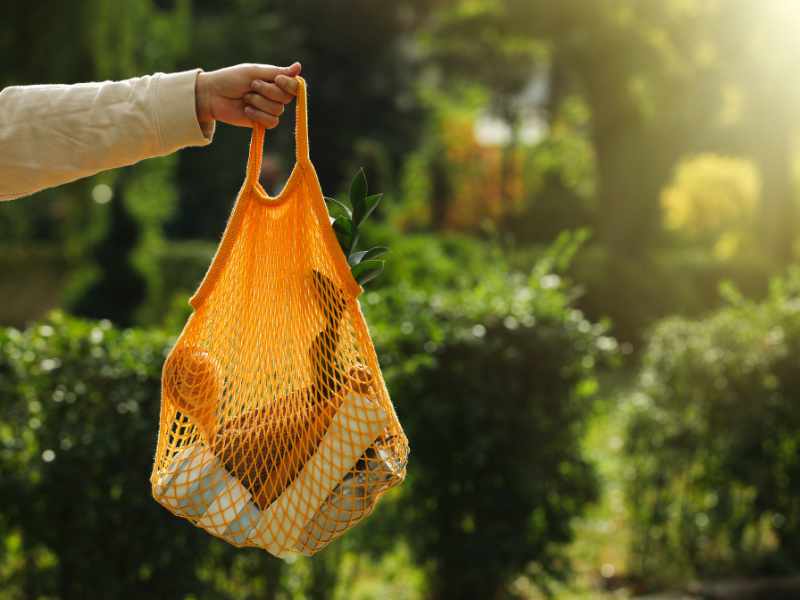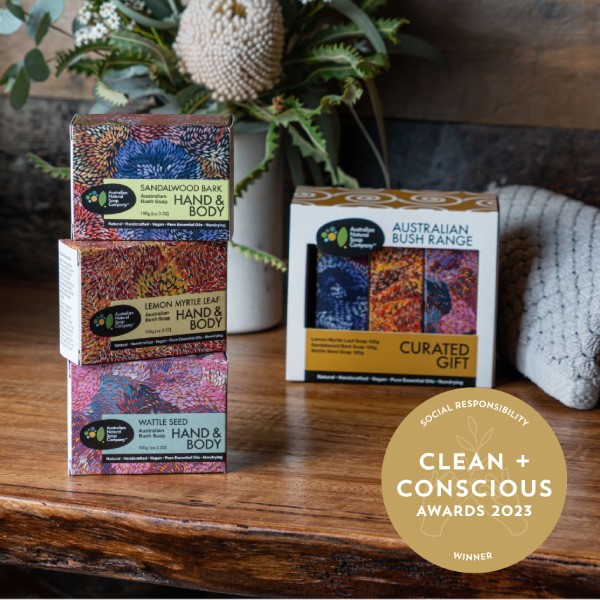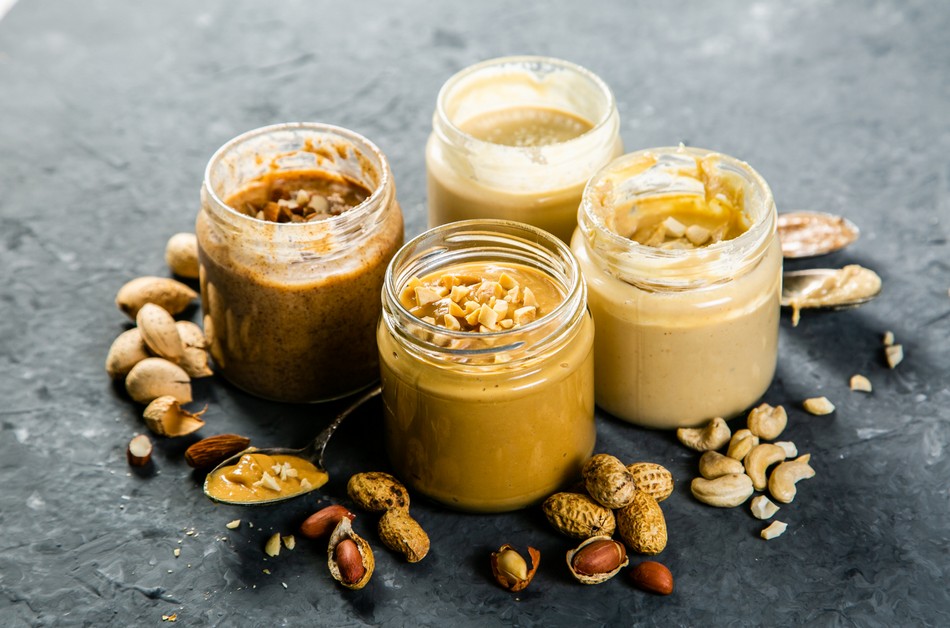It took me a long time to start investigating the disposable nappies I was using on my daughter. Firstly, it’s not an easy thing to do – nappies don’t have an ingredients list on their packets and so it is much more time consuming and difficult to compare and assess them. Secondly, I was petrified of what I was going to find – and rightly so… I had an idea that some were bleached with chlorine which is definitely not good, but I had no clue that it’s common for a nappy to be fragranced or have a lotion impregnated top sheet (think endocrine disrupting phthalates) and that some are even held together with glues containing formaldehyde!
I wish I could say that my children were in reusable nappies from the get go, but to be honest, we struggled keeping on top of our washing in our house without adding in the cloth nappy load for a long time! I also wish I could say that my children had been in eco nappies for all their lives… again, it’s not the truth. I was so scared of my eldest daughter’s nappies leaking, being wet and causing nappy rash that she was in Huggies for her first half year. I just wrongly believed the eco nappies weren’t up to scratch (– and some aren’t!) But I’m delighted and relieved to say that there are indeed some incredible eco nappies available and I’d never go back, now I know more.
We’re all on a journey and sometimes we just have to go at our own pace. I wish I’d been able to get to this point earlier on in my parenting too, but it’s important to not beat yourself up and to use that energy to promote action instead. Let’s dive in and learn together, so we can make informed choices going forward.
How is a nappy structured?
The ingredients of what makes up a nappy varies dramatically between brands, however the essential structure is the same.
A nappy consists of an absorbent core sandwiched between two layers. The inner layer sits right against the baby’s skin and is designed to be soft and to stay relatively dry and the outer layer is waterproof to prevent leaking. The absorbent core is designed to pull moisture in and keep it away from the baby. It is made up of a fluff material (wood pulp, bamboo etc.) and also chemical crystals called SAP (Super Absorbent Polymer). The fluff material distributes the liquid and the SAP absorbs it and locks it away from being squeezed back onto baby.
SAP: is in the absorbent core of every single nappy I have come across. The reason why SAP is used is because it has an amazing ability to absorb liquid- it can suck up 300 x its weight in water. Research is being done to create a plant based SAP, but for now unfortunately it’s all petroleum derived. It has never been proved in studies to be toxic or harmful to humans – whether this is just because there have not been enough studies done on it as it has only been used in nappies since the 80’s, I am not sure. SAP was linked with Toxic Shock Syndrome when it was used in tampons, though this is because of bacterial build up when left for hours, rather than actually the SAP ingredient causing it.
Disposable nappies; what to look for when choosing:
Non-toxic ingredients
- Chlorine Free. Chlorine is often used to bleach the paper liners and wood pulp in nappies. This process can leave traces of a toxic chemical called Dioxin in the nappy as well as releasing it into the environment during the bleaching process in manufacturing. Dioxins are carcinogens and are linked to many health problems. There are lots of chlorine free nappies available, so it’s just not worth going there – for your baby’s health or the environment.
- Fragrance free. Fragrances are frequently used in nappies to block odour. They often have hormone disrupting phthalates in them which are linked to a whole host of negative health effects. These are unnecessary nappy ingredients as you should change a nappy frequently anyway. Nappies with fragrance should definitely be avoided.
- Phthalate free and lotion free: Phthalates can also hide in lotions which can be used on the inner layer of the nappy. Either look for a nappy without lotion or make sure that they are phthalate free.
Performance
It’s great to have something non-toxic, but if it’s hard, scratchy, leaks or doesn’t absorb well, it’s still not a product you want.
- Absorbency. It needs to actually work! The nappy needs to take moisture away from the surface, distribute the liquid and keep it within it’s absorbent core.
- Fit. One brand can’t necessarily offer a great fit for all shapes and sizes. As babies and toddlers grow, they change shape dramatically. Sometimes one nappy brand will just fit better. A good fit is important for comfort and leak prevention. The elastic and pleating of material around the leg of the nappy also plays an important role in leak prevention.
Environmental impact
Whilst disposable nappies are convenient, we also want to ensure we don’t negatively impact our children’s future world too much! More and more companies are producing eco nappies nowadays and whilst I would love to think this completely offsets the problem about sending so much to landfill, there’s a lot of different components to whether something is actually eco-friendly or not.
- Biodegradability: No nappy is 100% biodegradable. A nappy can have many biodegradable ingredients; however the tabs and elastic cuffs at least are not. Biodegradability is important – a nappy with a higher percentage of biodegradable materials will break down faster than one which doesn’t. Unfortunately though, land fill is an environment with no light and air; without this, even a highly biodegradable nappy’s decomposition is extremely slow. Landfill sites are getting better in their circulation but the sad truth is that disposable nappies aren’t ever good for the environment, they can just be less bad.
- Cradle to Grave impact: Disposable nappies can have a large negative environmental impact during aspects of its whole life cycle; from the raw materials if they are not sustainable, to the manufacture if they use chlorine bleaching, to their disposal in land fill.

What are the ingredients in nappies we want to avoid?
A lot of common brands of disposable nappies are:
- Bleached with chlorine (which can leave small amounts of carcinogenic Dioxin residues).
- Contain synthetic fragrances, odour blockers and lotions on the inner layer. (Endocrine disrupting phthalates are often hidden in synthetic fragrances and used as preservatives as well)
- Can have formaldehyde containing glues holding them together.
- Use unsustainable forestry to make the wood pulp and packaging.
- Not biodegradable and have a horrible impact on land fill.
Disposables vs Cloth
Whilst I originally expected cloth nappies to be miles more environmentally friendly than disposables, the winner is surprisingly less defined. The UK Environment agency in 2008 did a study to evaluate the environmental impact of cloth nappies vs disposables. The conclusion was that the environmental impact of cloth nappies depended highly on how you cleaned them. If you followed these suggestions you were however able to reduce your negative environmental impact by 40% as opposed to disposables (whilst also avoiding unwanted chemical exposure and limiting land fill!)
- Line drying outside and tumble drying as little as possible.
- Choosing an energy efficient washing machine, washing in fuller loads and not washing above 60°C.
- Reusing nappies for other children.
The study found that if someone had cloth nappies and always washed the nappies at 90°C and tumble dried them every time, then the environmental impact was 75% worse than just using disposables given all the water, cleaning products and energy used!
(If you did use cloth and follow the above suggestions, there is no question that they would be better for the environment and limit your baby’s possible chemical exposure from nappies. If you do decide to go cloth – and I applaud you if you do, make sure to check out our guide to choosing reusable nappies.
How do you compare nappy brands?
Looking at the non-toxic status of nappies is difficult. Nappies don’t have ingredients lists on their boxes and to get information, one has to email the companies and search their websites. Unfortunately, nappy companies don’t have to disclose their ingredients by law unlike other personal care products like wipes and shampoos. Unless a company is forthcoming with how non-toxic and eco-friendly they are, I make the assumption that they are not, otherwise I’m sure they’d be telling us how wonderful they were! (Which I’m guessing is why the eco-nappy companies do write back readily to emails and the others often don’t!)
Even if a nappy is non-toxic, it still needs to perform its function well as otherwise it’ll leave your baby with nappy rash which isn’t healthy either.
I think it is also important that a disposable nappy is eco-friendly. We shouldn’t just be concerned about what chemicals make contact with our baby when the use of a product has the potential to come back and bite in their future world too. (And let’s face it, we go through a HUGE amount of nappies per child before they are toilet trained!)
The below brands have been hands-on tested by myself and 3 of our Clean + Conscious Awards expert panel on their own children.
These are the nappies we love and recommend.
CLEAN + CONSCIOUS AWARDS 2024 Winners
Gold : Luvme – Pandas Bamboo 85% Biodegradable Eco Disposable Nappy
Luvme Pandas Bamboo nappies are luxuriously soft, free of nasties and 85% biodegradable. They are multi-award winning and top performing, making them the perfect choice for eco-conscious parents.
Made from excellent non-toxic materials. 85% biodegradable plant-based materials. Hypoallergenic and dermatologically tested. Free from lotions, fragrance, latex and pesticides.
Read reviews on this product by our Experts HERE
Silver : Comfy Koalas – Eco Nappy Pants
Comfy Koalas Eco Nappy Pants are made from premium, biodegradable bamboo, ideal for active toddlers. With a natural wetness indicator, easy tear sides and 730ml of super absorbency, these game-changing Nappy Pants offer convenience without harming the environment.
Made from excellent non-toxic materials. Tested chlorine-free, fragrance-free, phthalate-free, heavy metal, latex and pesticide-free. Non-toxic inks. FSC certified wood pulp. Dermatologically tested.
Read reviews on this product by our Experts HERE
Bronze : Joonya – Skin-Loving, Forest-Friendly Pull-Ups
Joonya pull-ups are soft, chemical-free and gentle on little bottoms. Made in Denmark by a Nordic Swan and EU Ecolabel certified manufacturer. Created by Aussie parents with a focus on quality and sustainability. Free from chlorine, parabens, latex, phthalates, perfumes and heavy metals.
Made from excellent non-toxic materials. Tested chlorine-free, fragrance-free, lotion-free, phthalate-free, heavy metal, latex and pesticide-free. Non-toxic inks. FSC certified wood pulp, safe and green plastics used where applicable. Dermatologically tested. Full disclosure of all ingredients and testing.
Read reviews on this product by our Experts HERE
Finalist : Joonya – Skin-Loving, Forest-Friendly Nappies
Joonya nappies are gentle on babies’ bottoms, free from harmful chemicals like chlorine, parabens and phthalates. Designed by Australian parents and made in Denmark by a leading Nordic Swan and EU Ecolabel certified manufacturer. Made with silky-soft materials for your little one’s comfort.
Made from excellent non-toxic materials. Tested chlorine-free, fragrance-free, lotion-free, phthalate-free, heavy metal, latex and pesticide-free. Non-toxic inks. FSC certified wood pulp, safe and green plastics used where applicable. Dermatologically tested. Full disclosure of all ingredients and testing.
Read reviews on this product by our Experts HERE
Finalist : Luvme – Haléco Plant – Based 68% Biodegradable Eco Disposable Nappy
Haléco multi-award winning plant nappies are leak-proof, ultra-comfy and 68% biodegradable. Trustworthy and top-performing, these premium eco disposable nappies are kind to the Earth. Perfect for parents wanting the best for their little ones.
Made from excellent non-toxic materials. 68% biodegradable plant based materials. Contain no perfumes, lotions or latex.
Read reviews on this product by our Experts HERE

As you can see, there’s a whole range of non-toxic nappies at different price points to choose from which is wonderful. The more we as consumers become aware of the importance of choosing a non-toxic and eco-friendly option and make purchases accordingly, not only are we making the right choices for our baby, but we are also creating pressure for companies to start doing the right thing by making safe and responsible products.
I’ve also done articles on choosing safe baby wipes, bottom balms , baby shampoos, non-toxic baby floats and paddling pools and reusable nappies. If you found this helpful, you’ll love those too.
(P.S. A simple way to make your disposable nappy a bit more environmentally friendly:
In my research, I stumbled upon this fact that should be well and truly in mainstream knowledge but isn’t. By packaging up a nappy with poo and putting it into landfill, we contaminate ground water and create a huge bio hazard risk. Even if using disposable nappies, when you can, flush the poo from it down the loo before you package it up to send to land fill! (Though don’t flush the wipes!!! Flushing wipes causes all sorts of problems for drainage and the environment!) I’m still trying to incorporate this into our nappy change regimen to be honest… but it makes sense to me as to why it’s important and I try my best to implement it when I can.)
